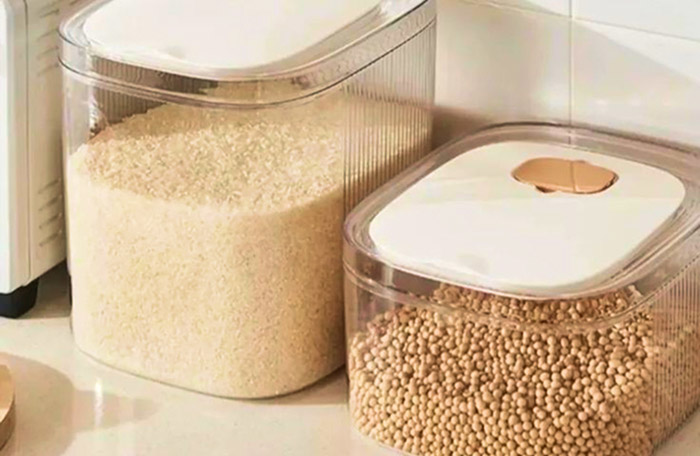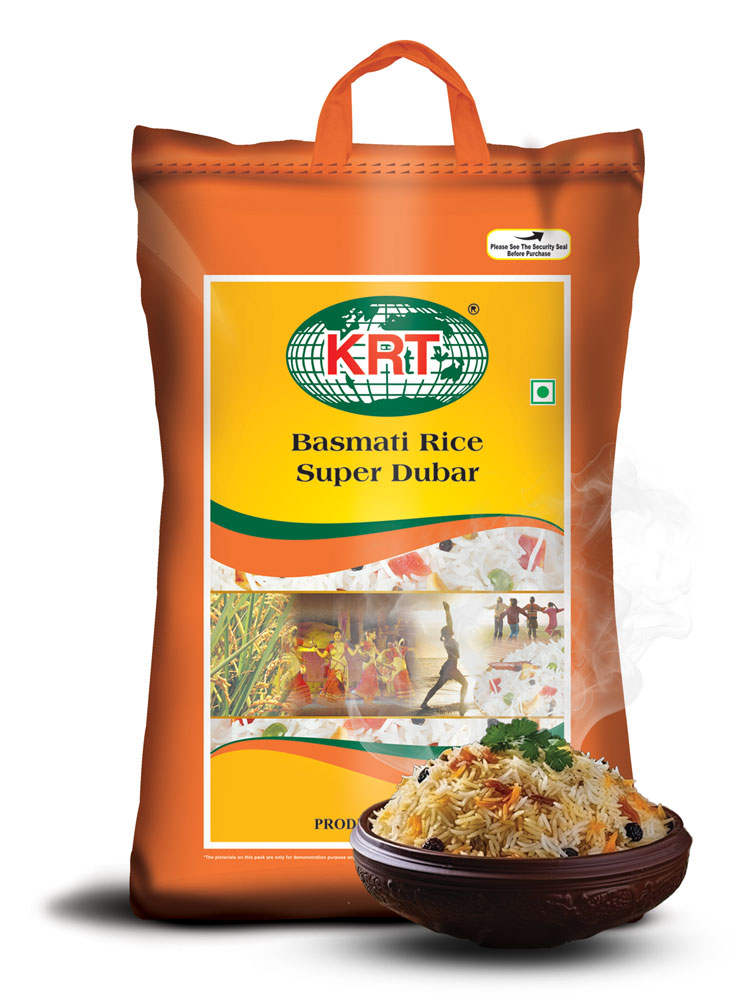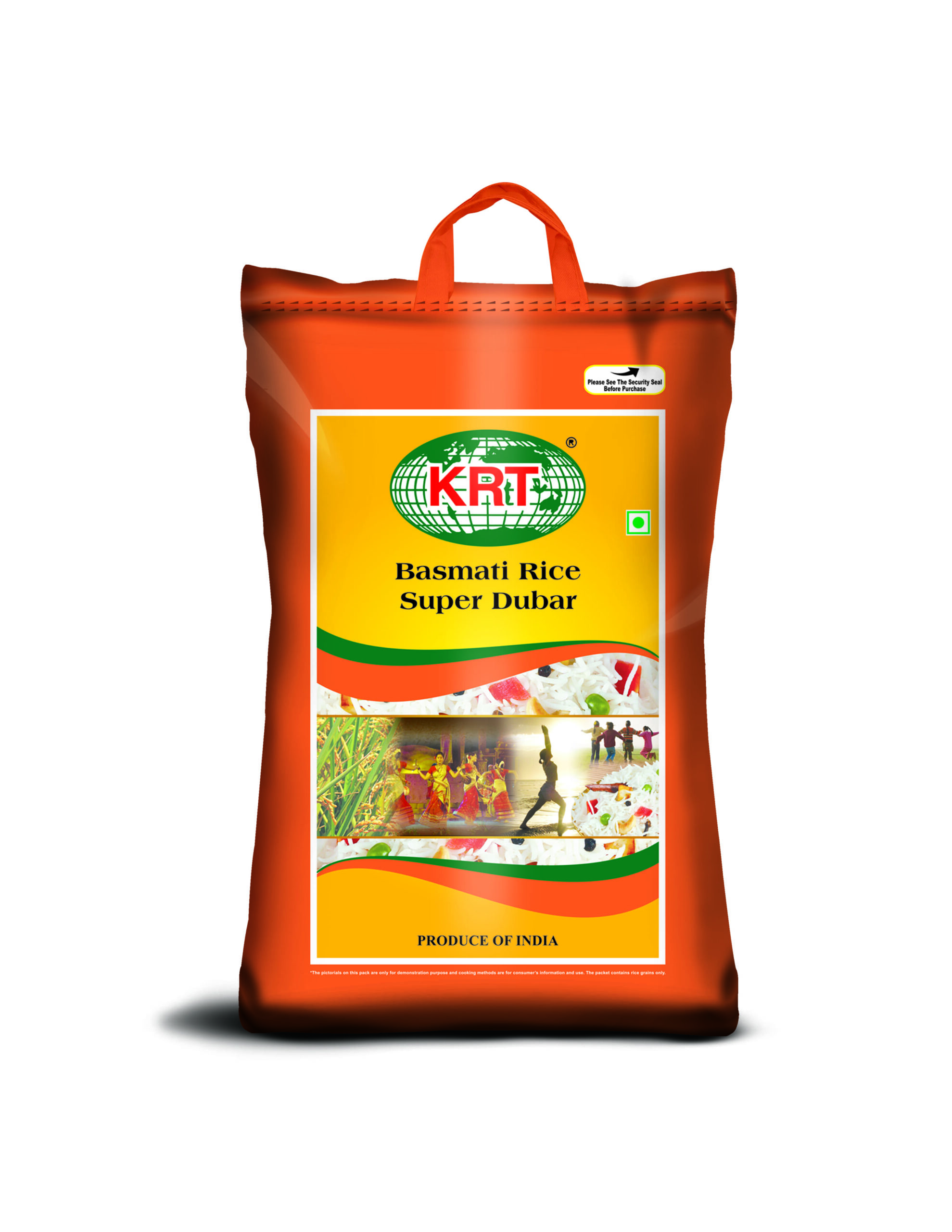Rice is a household essential in most Indian kitchens — whether it’s basmati for biryani, sona masoori for daily meals, or brown rice for health-conscious choices. But nothing is more frustrating than finding your precious grain invaded by weevils (rice bugs) or ruined by moisture.
Luckily, with a few simple steps and time-tested Indian practices, you can store rice for months — even years — without worrying about pests or loss of quality.
Why Proper Storage Matters
Rice is a hygroscopic grain — it absorbs moisture and odors from its surroundings. If not stored properly, it can become a breeding ground for insects, mold, and fungus. Weevils, in particular, are common in warm climates and can infest your entire pantry if not controlled.
Step-by-Step Guide to Storing Rice at Home
1. Choose the Right Container
Always store rice in:
- Airtight containers to prevent moisture and air exposure
- Preferably steel, glass, or food-grade plastic jars with tight lids
- Avoid using bags or sacks unless kept inside sealed bins
Tip: Before adding new rice, clean and dry the container thoroughly to eliminate old grain residue or possible bug eggs.
2. Keep It Cool, Dry, and Dark
- Store the container in a cool, dry place, like a kitchen cabinet or pantry shelf.
- Avoid locations near the stove, window, or sink where humidity is high.
- Ensure there’s no direct sunlight, which can heat the container and reduce rice shelf life.
3. Traditional Natural Repellents (Highly Effective)
Indian households have long used natural repellents that are safe and effective against pests:
Neem Leaves
- Add 5–10 clean, dry neem leaves to the rice container.
- Neem’s natural oils repel weevils, moths, and other insects.
Bay Leaves (Tej Patta)
- Drop in 2–3 whole bay leaves per kilogram of rice.
- Acts as a strong insect deterrent while preserving the rice’s aroma.
Dried Red Chillies
- Add 2–3 whole dry red chillies (stem removed).
- Keeps bugs away naturally without affecting rice taste.
Garlic Cloves (with Skin)
- Use 2–4 garlic pods, unpeeled.
- Their strong smell repels pests but ensure they are completely dry.
4. Freeze Before Storage (Highly Recommended)
This is a modern yet effective method, especially for large quantities.
- When you bring new rice home, freeze it for 48–72 hours in an airtight bag.
- This kills any potential insect eggs or larvae before they hatch.
- After freezing, allow the rice to come to room temperature before storing.
5. Don’t Mix Old and New Rice
- Always finish the old stock before adding new rice.
- If combining, clean and sun-dry the older batch first.
- Mixing old and new rice increases the risk of infestation.
6. Inspect Regularly
- Once every 2–3 weeks, check your rice for signs of bugs, moisture, or foul smell.
- If you find weevils, sun-dry the rice on a clean cloth for 4–5 hours.
- Clean the container with vinegar or warm soapy water, dry it completely, then restock.
Bonus Tips:
- Add a small pouch of baking soda or silica gel (non-edible, sealed) to absorb moisture.
- Label your containers with the purchase or packing date.
- For long-term storage (6 months+), consider vacuum-sealing or using oxygen absorber packs.
Final Thoughts
Proper rice storage is a blend of tradition and science. By using airtight containers, natural repellents like neem and bay leaves, and a little proactive care, you can keep your rice fresh, fragrant, and free from pests.
At KRT Foods, we believe great rice deserves great care — and with these tips, your grains will stay as perfect as the day you bought them.






